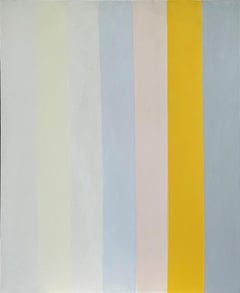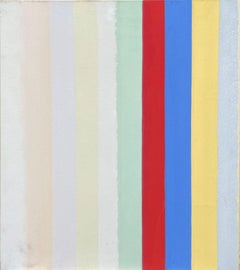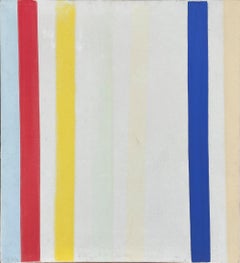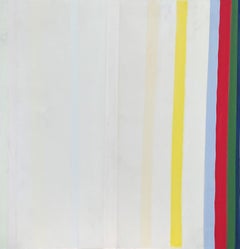Lincoln Glenn Art
1970s Abstract Expressionist Abstract Paintings
Canvas, Acrylic
1970s Abstract Expressionist Abstract Paintings
Canvas, Acrylic
1970s Abstract Expressionist Abstract Paintings
Canvas, Acrylic
1970s Abstract Expressionist Abstract Paintings
Canvas, Acrylic
1970s Abstract Expressionist Abstract Paintings
Canvas, Acrylic
1970s Abstract Expressionist Abstract Paintings
Acrylic, Canvas
1970s Abstract Expressionist Abstract Paintings
Acrylic, Canvas
1970s Abstract Expressionist Abstract Paintings
Canvas, Acrylic
1970s Abstract Expressionist Abstract Paintings
Acrylic, Canvas
1970s Abstract Expressionist Abstract Paintings
Acrylic, Canvas
1970s Abstract Expressionist Abstract Paintings
Canvas, Acrylic
1970s Abstract Expressionist Abstract Paintings
Acrylic, Canvas
1970s Abstract Expressionist Abstract Paintings
Acrylic, Canvas
1970s Abstract Expressionist Abstract Paintings
Canvas, Acrylic
1970s Abstract Expressionist Abstract Paintings
Canvas, Acrylic
1970s Abstract Expressionist Abstract Paintings
Canvas, Acrylic
1970s Abstract Expressionist Abstract Paintings
Canvas, Acrylic
1970s Abstract Expressionist Abstract Paintings
Canvas, Acrylic
1970s Abstract Expressionist Abstract Paintings
Canvas, Acrylic
1970s Abstract Expressionist Abstract Paintings
Canvas, Acrylic
1920s American Impressionist Landscape Paintings
Canvas, Oil
1960s Abstract Abstract Paintings
Canvas, Oil
1960s Abstract Abstract Paintings
Canvas, Oil
1870s Hudson River School Landscape Paintings
Canvas, Oil
Mid-20th Century Surrealist Figurative Paintings
Oil, Board
Early 20th Century American Modern Still-life Paintings
Canvas, Oil
1940s American Realist Interior Prints
Paper, Lithograph
1950s Figurative Drawings and Watercolors
Paper, Watercolor
19th Century Landscape Paintings
Canvas, Oil
1940s American Realist Figurative Paintings
Masonite, Oil
21st Century and Contemporary Abstract Impressionist Landscape Paintings
Paper, Pastel
Early 2000s Abstract Impressionist Landscape Paintings
Paper, Pastel
Early 20th Century Modern Still-life Paintings
Canvas, Oil
1930s Ashcan School Figurative Paintings
Canvas, Oil
1910s American Modern Landscape Drawings and Watercolors
Paper, Watercolor
1960s Abstract Expressionist Abstract Paintings
Paper, Oil
Mid-20th Century Modern Still-life Paintings
Canvas, Oil
Early 1900s American Impressionist Portrait Paintings
Canvas, Oil
1980s Landscape Paintings
Canvas, Oil
1980s Landscape Paintings
Canvas, Oil
1920s American Impressionist Landscape Drawings and Watercolors
Paper, Watercolor
1860s Still-life Paintings
Canvas, Oil
1910s American Impressionist Landscape Paintings
Canvas, Pastel
1980s Abstract Mixed Media
Fabric, Paper, Mixed Media, Laid Paper
1970s Drawings and Watercolor Paintings
Paper, Ink
Late 19th Century American Impressionist Landscape Drawings and Watercolors
Watercolor, Paper
1930s Cubist Landscape Paintings
Oil, Board
Early 20th Century Abstract Abstract Drawings and Watercolors
Paper, Pencil
Early 20th Century Figurative Drawings and Watercolors
Paper, Ink
1970s Abstract Expressionist Abstract Paintings
Foam, Mixed Media, Acrylic, Board
1970s Color-Field Abstract Paintings
Foam, Mixed Media, Acrylic, Board
1950s Abstract Abstract Paintings
Canvas, Oil
1890s Impressionist Figurative Paintings
Canvas, Oil
1950s Abstract Still-life Paintings
Paper, Pastel
1940s Paintings
Canvas, Oil
Mid-20th Century Cubist Still-life Paintings
Canvas, Oil
1920s Still-life Paintings
Canvas, Oil
1980s Realist Animal Paintings
Oil, Board
1980s Realist Animal Paintings
Board, Oil
1980s Realist Animal Paintings
Oil, Board





